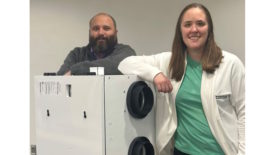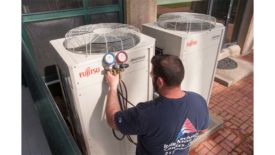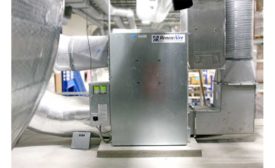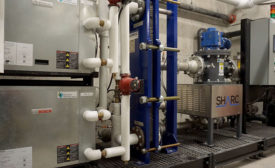Home » ERV
Articles Tagged with ''ERV''
The HE7X enables engineers to optimize efficiency and airflow
Read More
How to Decarbonize Chilled Water HVAC Systems
This white paper describes how FT Energy Controls’ FlowBridge and ClimateControl technologies can be used to reduce costs
Read More
Indoor Air Quality Solutions for VRF Systems
OEMs offer ventilation options and upgraded filters to improve indoor air
Read More
Ventilation Safeguards for COVID-19 Should Combine Outside Air With Other IAQ Equipment
When it comes to COVID-19 protection, two (or more) technologies are better than one
Read More
Diagnose, Solve, and Improve Ventilation
Contractors educate homeowners on the role IAQ plays in their health, comfort
Read More
Energy Recovery Ventilator Market Worth $3.39 Billion by 2021
Increasing awareness of benefits, rising demand for improving IAQ are driving growth
August 5, 2016
Baiting the Hook with Energy Recovery Ventilators
Contractors suggest how to upsell ventilation systems to customers
Read More
Drury Hotels Use ERVs to Cost Effectively Treat Outdoor Air
Rotary energy recovery wheels make a difference
April 4, 2016
Copyright ©2025. All Rights Reserved BNP Media.
Design, CMS, Hosting & Web Development :: ePublishing















